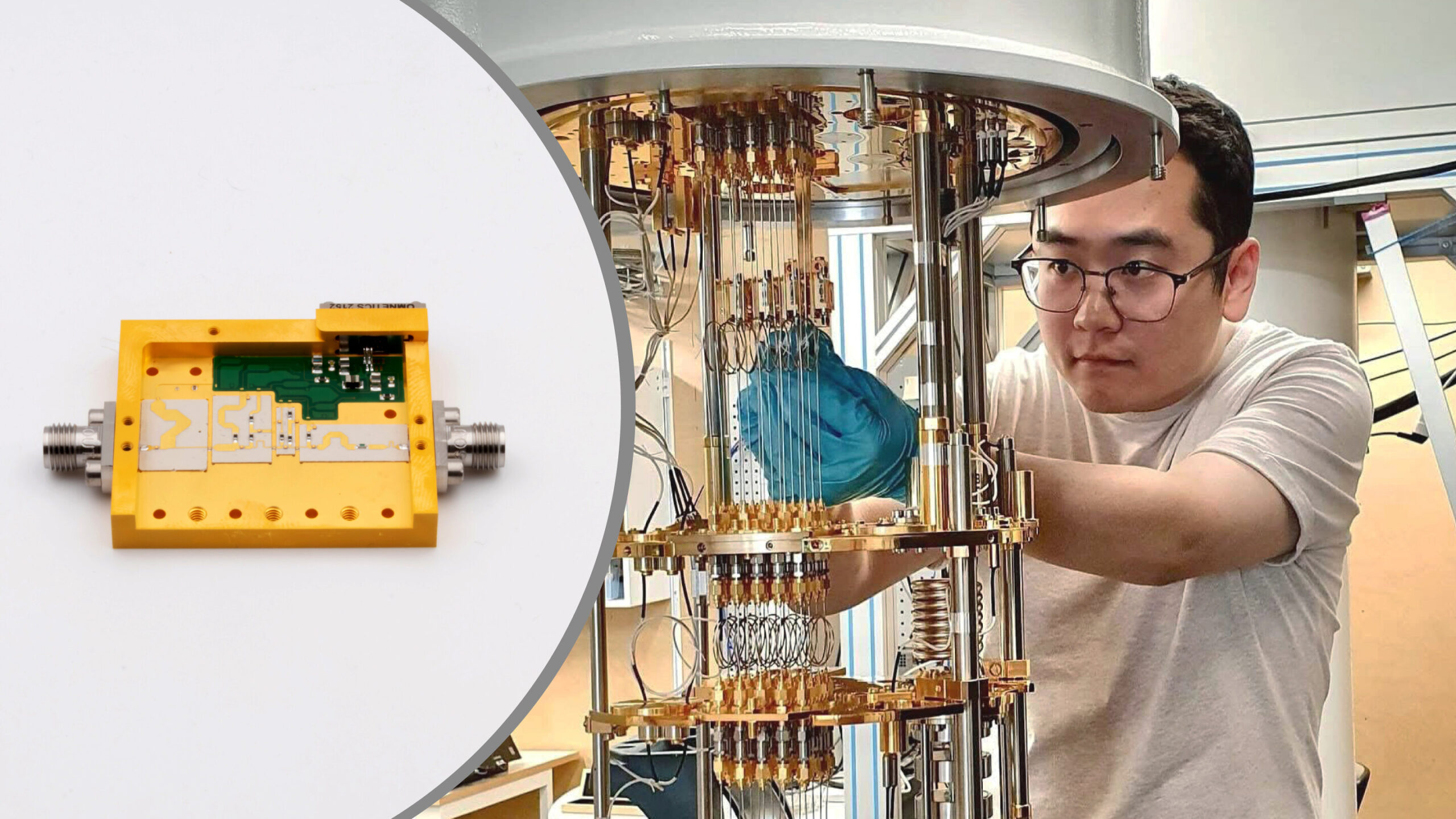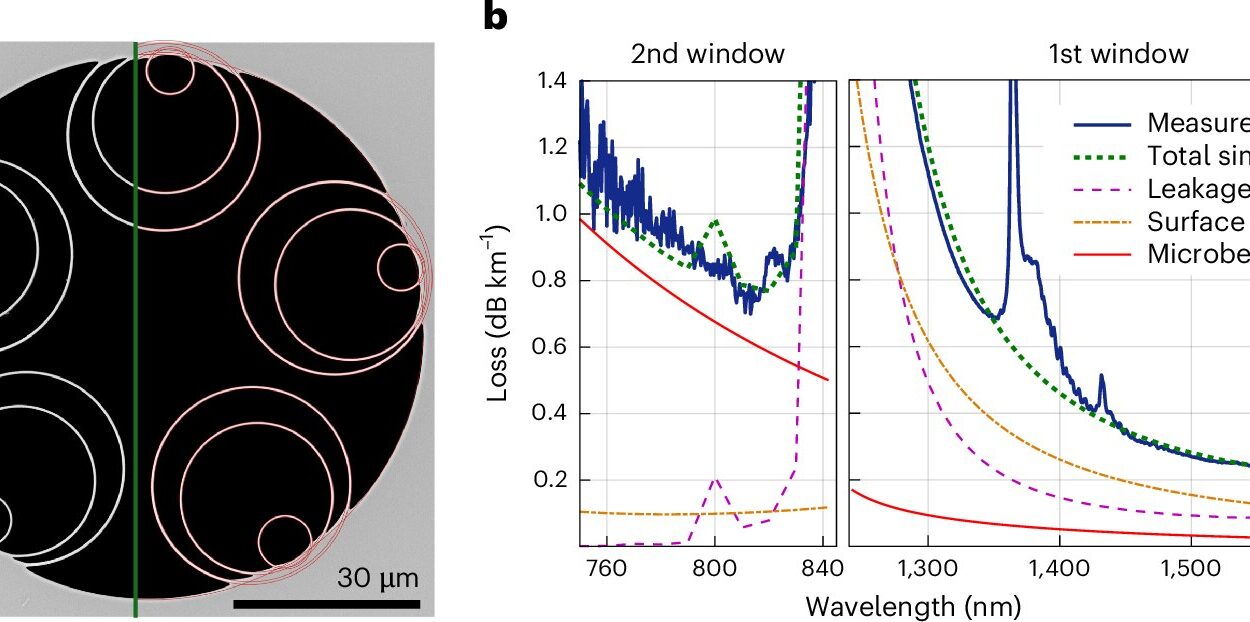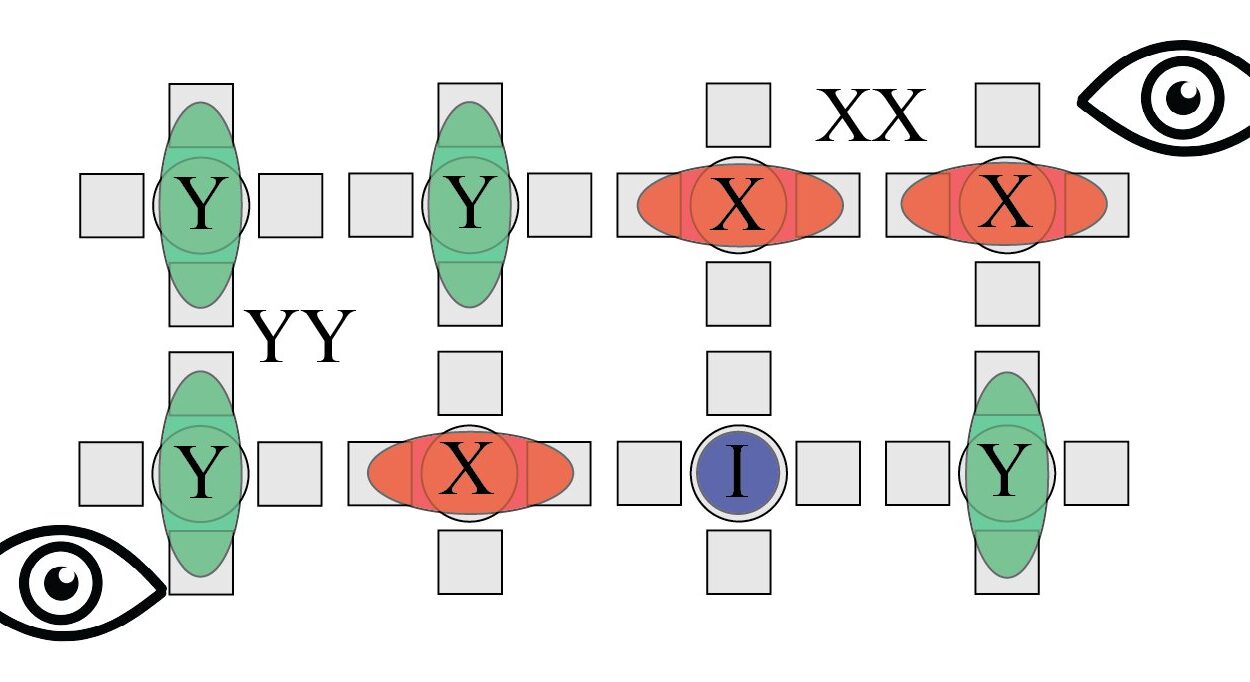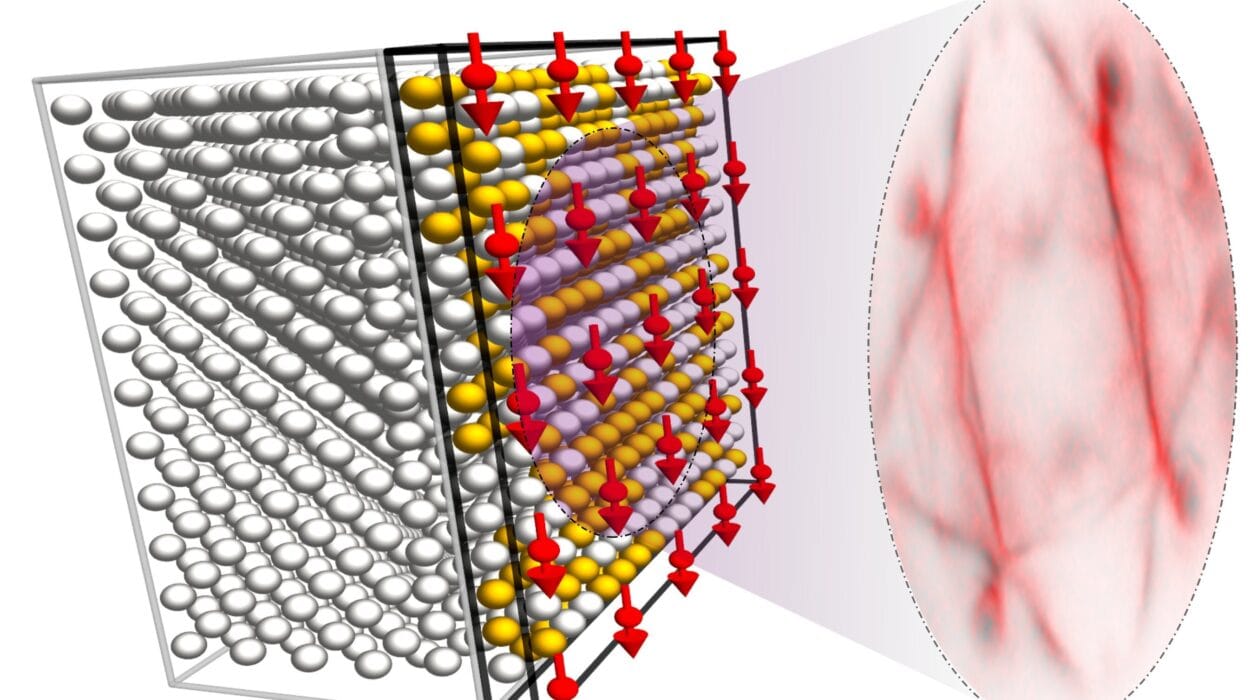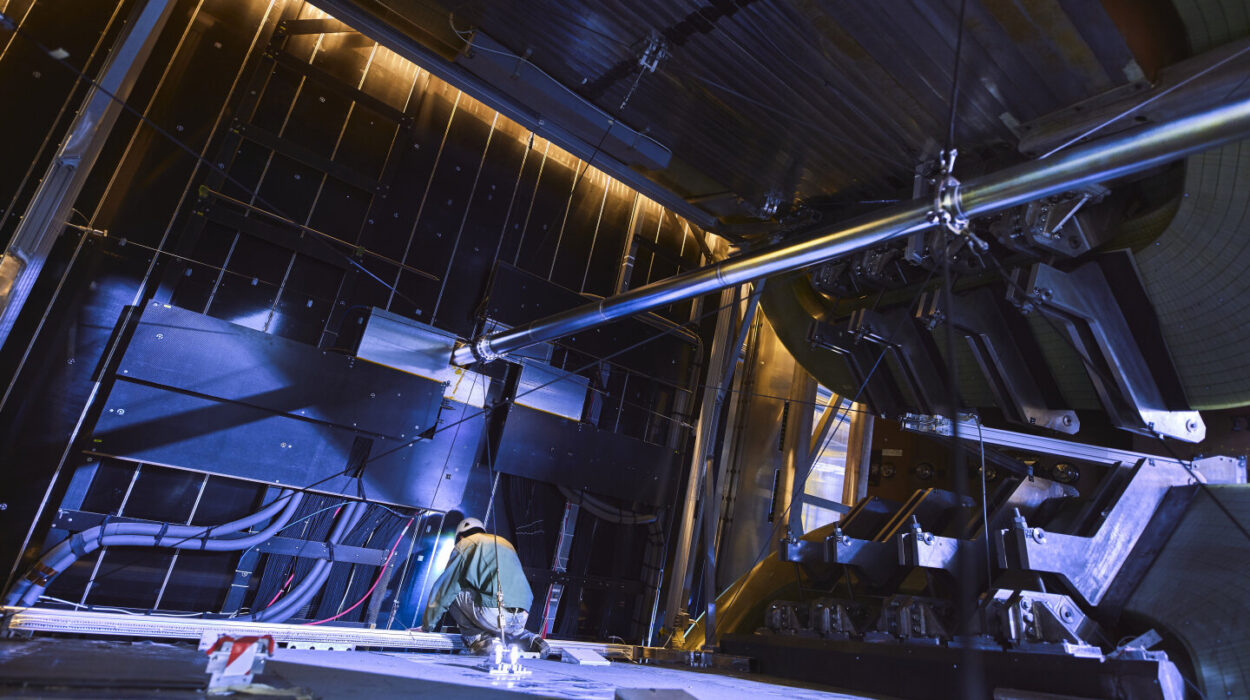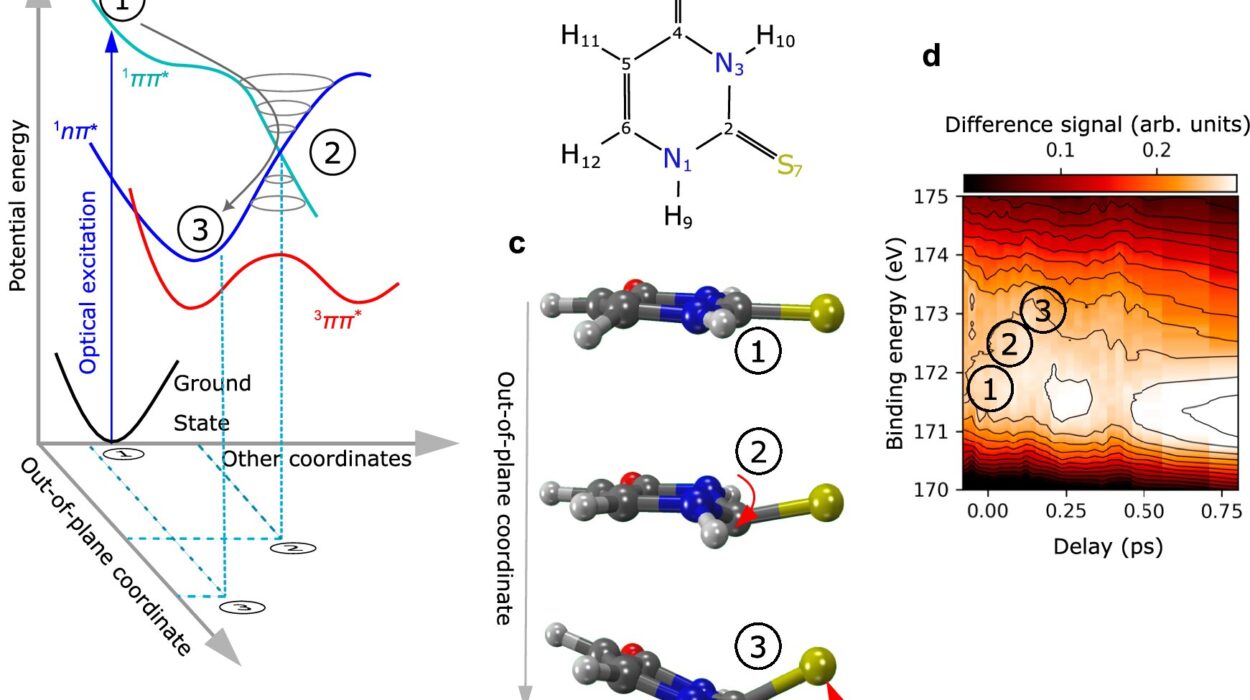In the hushed, frozen halls of quantum mechanics, where the faintest disturbances can collapse fragile states of information, a quiet revolution is underway. It’s not loud. It doesn’t shout. In fact, it only speaks when spoken to. But its impact may echo across the entire future of computing.
Researchers at Chalmers University of Technology in Sweden have just unveiled a breakthrough: a whispering amplifier so efficient, so precise, it could help quantum computers scale new heights—unlocking extraordinary potential in fields ranging from drug discovery to artificial intelligence.
Published in the journal IEEE Transactions on Microwave Theory and Techniques, this amplifier doesn’t just break records—it redefines what’s possible in the race to build the quantum machines of tomorrow.
The Fragile Language of Qubits
In today’s classical computers, everything is built from bits—tiny switches that are either on or off, 1 or 0. But in quantum computers, the rules are different. The basic units of quantum information—qubits—aren’t binary. Thanks to a strange quantum phenomenon called superposition, they can be both 1 and 0 at the same time. And not just both—every possibility in between.
This bizarre property means that a quantum computer with just 20 qubits can represent over a million different states simultaneously. That’s what gives quantum computers their mind-bending power: the ability to explore vast problem spaces that would take classical supercomputers centuries to solve.
But there’s a catch.
Qubits are delicate. Like soap bubbles floating in a storm, they’re easily destroyed by the tiniest noise—microwaves, vibrations, stray heat. And yet, to do anything useful with them, we must measure them. We must listen to them without breaking them. And that’s where amplifiers come in.
The Double-Edged Sword of Amplification
To decode the faint, whispering signals from a quantum processor, we need microwave amplifiers—devices that boost the weak output from the qubits so it can be read and interpreted. But conventional amplifiers, while essential, are clumsy tools in the quantum world.
They consume power. They radiate heat. And heat is a mortal enemy to qubits. Even a tiny rise in temperature can cause decoherence, the loss of quantum information that turns qubits into meaningless noise.
It’s a cruel paradox: to read the qubits, we must amplify their signals. But in doing so, we risk destroying them.
That’s the problem the Chalmers team set out to solve—and did so with elegance and intelligence.
A Smarter, Quieter Way to Listen
Led by Yin Zeng, a doctoral student in terahertz and millimeter wave technology, and supervised by Professor Jan Grahn, the researchers developed a new kind of amplifier—one that’s not just powerful, but intelligent.
“This is the most sensitive amplifier that can be built today using transistors,” Zeng explains. “We’ve managed to reduce its power consumption to just one-tenth of what the best amplifiers currently require—without compromising performance.”
That’s a game-changer.
By consuming dramatically less energy, the new amplifier generates far less heat. That means less decoherence, more accurate qubit readings, and a clearer path toward building quantum computers with hundreds—or even thousands—of qubits.
It also means a fundamental shift in how amplification can be done in quantum systems.
Unlike traditional amplifiers that run constantly—wasting power and radiating heat even when idle—this one operates in pulses. It wakes up only when needed, precisely when a qubit sends its signal. Like a skilled whisperer in a silent room, it listens exactly when the message arrives, then falls silent again.
Pulsed Perfection
Timing, of course, is everything. In the quantum world, events happen on astonishingly fast timescales—billionths of a second. If an amplifier takes too long to respond, the moment is lost.
To ensure the amplifier was fast enough, the team turned to an unusual ally: genetic programming.
Inspired by natural evolution, they trained an algorithm to optimize the amplifier’s response, making it quicker, smarter, more efficient. The result? A 35-nanosecond activation time—fast enough to catch even the briefest quantum whisper.
“We used genetic programming to enable smart control of the amplifier,” says Zeng. “It responded much faster to the incoming qubit pulse, in just 35 nanoseconds.”
To validate their approach, the researchers even invented a new method for measuring noise and gain in pulse-operated amplifiers—ensuring their readings were not only fast, but accurate.
A Leap Toward Scalable Quantum Machines
This breakthrough doesn’t just solve a technical problem. It unlocks a deeper challenge facing quantum computing: scalability.
Right now, quantum computers are relatively small—measured in tens of qubits. But to tackle truly transformative problems in materials science, cryptography, or climate modeling, we’ll need machines with thousands or millions of qubits.
And every qubit needs to be read. That means hundreds or thousands of amplifiers. If each one generates heat, the whole system becomes unstable.
“This study offers a solution in future upscaling of quantum computers where the heat generated by these qubit amplifiers poses a major limiting factor,” says Professor Grahn.
The new amplifier offers a path forward—one where more qubits doesn’t mean more heat, more noise, or more decoherence.
It means more power. More possibility. A quantum future that’s actually within reach.
The Quantum Horizon
This isn’t the first time Chalmers has made waves in quantum technology. As a key part of Sweden’s Wallenberg Centre for Quantum Technology, the university has long been at the forefront of next-generation computation.
But this amplifier may be one of its most impactful contributions yet—a humble-sounding component that could shape the very architecture of future machines.
After all, in a universe ruled by quantum laws, the smallest things matter most. The silent pulses of an amplifier. The invisible warmth of a resistor. The split-second timing of a microwave signal.
Einstein once said, “The most beautiful experience we can have is the mysterious.” In this new amplifier, mystery meets mastery.
And for quantum computers—those strange, powerful machines still learning to speak—the future just got a little quieter, and a lot brighter.
Reference: Yin Zeng et al, Pulsed HEMT LNA Operation for Qubit Readout, IEEE Transactions on Microwave Theory and Techniques (2025). DOI: 10.1109/TMTT.2025.3556982
